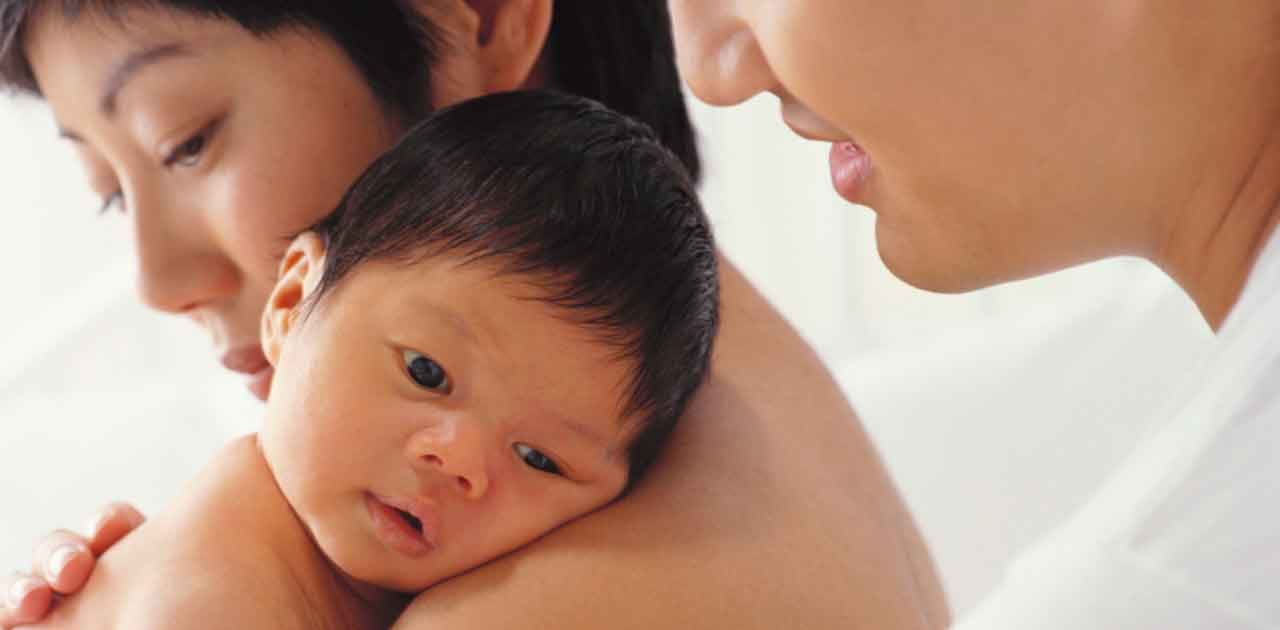How Can a Baby Have Three Biological Parents?

Reproductive scientists believe a “three-parent” IFV technique can prevent genetic diseases. Babies born with DNA from three biological parents are already here.
Slowly, around the world, women are giving birth to babies with DNA from three biological parents. One was born in the United Kingdom in the spring of 2023, using a procedure called mitochondrial replacement therapy.
The controversial technique combines an egg and sperm from the parents with healthy mitochondria, structures that provide energy for cells, from a female donor.
In the spring of 2019, a Greek baby was born the same way. The technique is legal in Australia as well as the UK.
YOU MIGHT ALSO LIKE: Are Designer Babies Possible?
The technique could help mothers with damaged mitochondria avoid passing related diseases to their babies. Mitochondrial disease can affect the brain, kidneys, muscles, heart, eyes, ears, and other parts of the body.
Illnesses such as Leigh syndrome may affect up to 4,000 U.S. births a year.
Most of your genetic material, or DNA (deoxyribonucleic acid), sits inside each cell’s nucleus. Mitochondrial DNA is outside the nucleus.
In the therapy, the nucleus from the mother’s egg is extracted and transferred to a donor egg with healthy mitochondria. (The nucleus of the donor egg has been removed.) The egg is then fertilized with sperm, and the mother is impregnated using IVF.
The United States does not allow the procedure. Moreover, standard U.S. prenatal or newborn screening tests do not check for mitochondrial disease, and mothers with faulty mitochondria may show no symptoms. Mitochondrial diseases show up only after a child is diagnosed.
The National Academies of Science, Engineering and Medicine issued a report backing the technique for women who might pass a severe disease on to a child. But the Food and Drug Administration has not moved forward with clinical trials because of the ban.
Without careful research in clinical trials, it’s possible the procedure might not be effective, and babies could still be born with defective mitochondria.
For mothers who know they carry the fatal genes, the procedure could be a life-changing. Using the procedure, one baby boy was born to a Jordanian couple who had tried for 20 years to have a family.
After four miscarriages and the early deaths of two children, the woman had genetic testing and learned the cause of her ill-fated pregnancies.
Although she’s healthy, she carries the gene for Leigh syndrome, a fatal neurological disorder that affects the developing nervous system of babies. Babies with Leigh syndrome usually die within two to three years of diagnosis.
Fertility expert and scientist John Zhang, MD, PhD, and his research team at the New Hope Fertility Center in New York City performed the procedure in Mexico to avoid legal problems in the United States.
To produce the boy for the Jordanian couple, the group repeated the process five times. Only one of the embryos survived and was implanted in the woman’s uterus.
Nine months later, a healthy baby boy was born with genetic material from three different people — his mom, his dad, and the egg donor — giving him three biological parents. The child has shown no signs of Leigh syndrome.
Updated:
July 28, 2023
Reviewed By:
Christopher Nystuen, MD, MBA and Janet O'Dell, RN